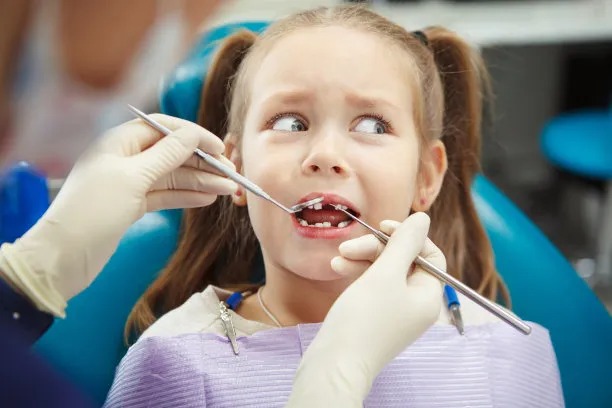The Essential Guide to Extracting a Tooth Safely and Effectively for Optimal Dental Health and Comfort
Summary: Tooth extraction, though often seen as a daunting dental procedure, is essential for maintaining optimal dental health. This guide offers a comprehensive overview of the tooth extraction process, emphasizing safety and effectiveness. It discusses preparation steps for the procedure, pain management options to enhance comfort, post-extraction care for a speedy recovery, and the importance of professional dental consultations. By understanding these aspects, individuals can ensure a smoother tooth extraction experience that prioritizes both health and comfort.
1. Preparing for a Tooth Extraction Procedure

Preparation is critical for a successful tooth extraction. Before the appointment, patients should have a thorough discussion with their dentist regarding medical history and any medication they are currently taking. This helps the dental professional assess any potential risks associated with the procedure. It’s crucial to disclose any existing conditions, such as heart problems or allergies.
In addition to sharing medical history, patients should understand what to expect during the extraction process. Dentists typically provide detailed instructions, including whether the patient should eat beforehand or if fasting is necessary. Following these guidelines prepares patients mentally and physically, ensuring they’re in the best condition for the procedure.
Lastly, arranging for transportation post-extraction is necessary, especially if sedation is employed. Having someone accompany you can alleviate stress and ensure a smooth transition from the dental office to home.
2. Pain Management During Extraction
Managing pain during a tooth extraction is a priority for both patients and dental professionals. Dentists often use local anesthesia to numb the area around the tooth, ensuring that the procedure is as comfortable as possible. Patients may also have the option of sedation dentistry, which can help alleviate anxiety and discomfort during the procedure.
In addition to anesthesia, dentists may prescribe pain relievers to help manage discomfort post-extraction. Over-the-counter options, such as ibuprofen or acetaminophen, can be effective for mild to moderate pain. Patients should follow dosage instructions and communicate with their dentist if pain persists beyond the expected timeframe.
Understanding pain management can empower patients to take control of their experience during and after extraction. Knowing that effective options are available can reduce anxiety and enhance overall comfort.
3. Recovery After Tooth Extraction
Post-operative care is crucial for a smooth recovery after a tooth extraction. Patients are typically advised to bite on gauze for about 30 minutes following the procedure to control bleeding. In the first 24 hours, it’s essential to rest and avoid strenuous activities that could disrupt the healing process.
Diet plays a vital role in recovery as well. Soft foods are generally recommended for the first few days post-extraction. Patients should avoid hot, spicy, or hard foods that can irritate the extraction site. Staying hydrated is also important, but patients should refrain from using straws, as suction can dislodge the blood clot that forms in the extraction site.
Regular follow-ups with the dentist help monitor healing and address any concerns that may arise during the recovery phase. This ensures that complications, such as dry socket, can be managed promptly.
4. Importance of Professional Consultation
Consultation with a dental professional is vital for anyone considering tooth extraction. A thorough examination allows the dentist to determine if extraction is the best option or if alternative treatments are available. Factors such as tooth health and bone integrity must be assessed before proceeding.
Moreover, professional consultations often include discussions about replacement options for extracted teeth, such as dental implants or bridges. Understanding the full scope of treatment options can help patients make informed decisions about their dental health.
Lastly, using a qualified dental professional ensures that the extraction is performed safely and effectively. Their expertise minimizes potential risks and complications, promoting better dental outcomes.
Summary:
In summary, understanding tooth extraction, from preparation to recovery, is essential for maintaining optimal dental health. By emphasizing the significance of preparation, pain management, recovery care, and professional consultation, this guide aims to alleviate concerns associated with tooth extraction, ensuring a smoother experience.
This article is compiled by Vickong Dental and the content is for reference only


